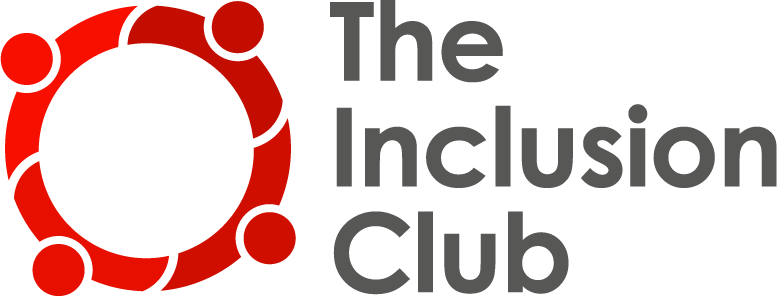Episode 38:
Disability Action Plans for Sport and Recreation Clubs (Part 1)—The Key Ingredients
Published: January 2013 Updated: Partners: Disability Action Plans can be very powerful for sport and recreation clubs. They are the blueprint for action on inclusion. In this first part of a two part series we look at the three key ingredients that make en effective Disability Action Plan.
Wise words indeed from Gordon B. Hinckley. Words that sport and recreation clubs need to take notice of when embarking on the process of planning for inclusion. Many organisations have good intentions to include people with disability, but few have effective plans to make it happen. Part of the reason for this is because ‘planning’ can be boring. It can be hard work. It certainly can be over-complicated. But it need not be this way. Here, the KISS principle is king. Keep It Simple, Stupid. KISS is an acronym for the design principle articulated by Kelly Johnson, Keep it simple, stupid! The KISS principle states that most systems work best if they are kept simple rather than made complex, therefore simplicity should be a key goal in design and unnecessary complexity should be avoided. Perfect!  After many years of working with sport and recreation clubs—from national to local level—the most effective and practical plans are ones that are pretty simple. When the planning process gets difficult then the initial enthusiasm can very quickly wain. So on that basis we are now going to take a look at some of the fundamental concepts and ideas that underpin an effective Disability Action Plan for a sport or recreation club the key ingredients if you like! Take a look at the video below.
After many years of working with sport and recreation clubs—from national to local level—the most effective and practical plans are ones that are pretty simple. When the planning process gets difficult then the initial enthusiasm can very quickly wain. So on that basis we are now going to take a look at some of the fundamental concepts and ideas that underpin an effective Disability Action Plan for a sport or recreation club the key ingredients if you like! Take a look at the video below.
“Life is what happens to you while you’re busy making other plans.”
John Lennon
Episode

About the author: Peter Downs
Founding Director - The Inclusion Club
Peter is Founding Director of The Inclusion Club and Manager of Play by the Rules – a national initiative to promote safe, fair and inclusive sport. Peter has worked for over 25 years in the field of inclusive sport, disability sport and physical activity including 17 years managing the Australian Sports Commission’s Disability Sport Unit. In 2013 Peter was fortunate enough to receive a Churchill Fellowship to study models of best practice in inclusive sport and physical activity.




